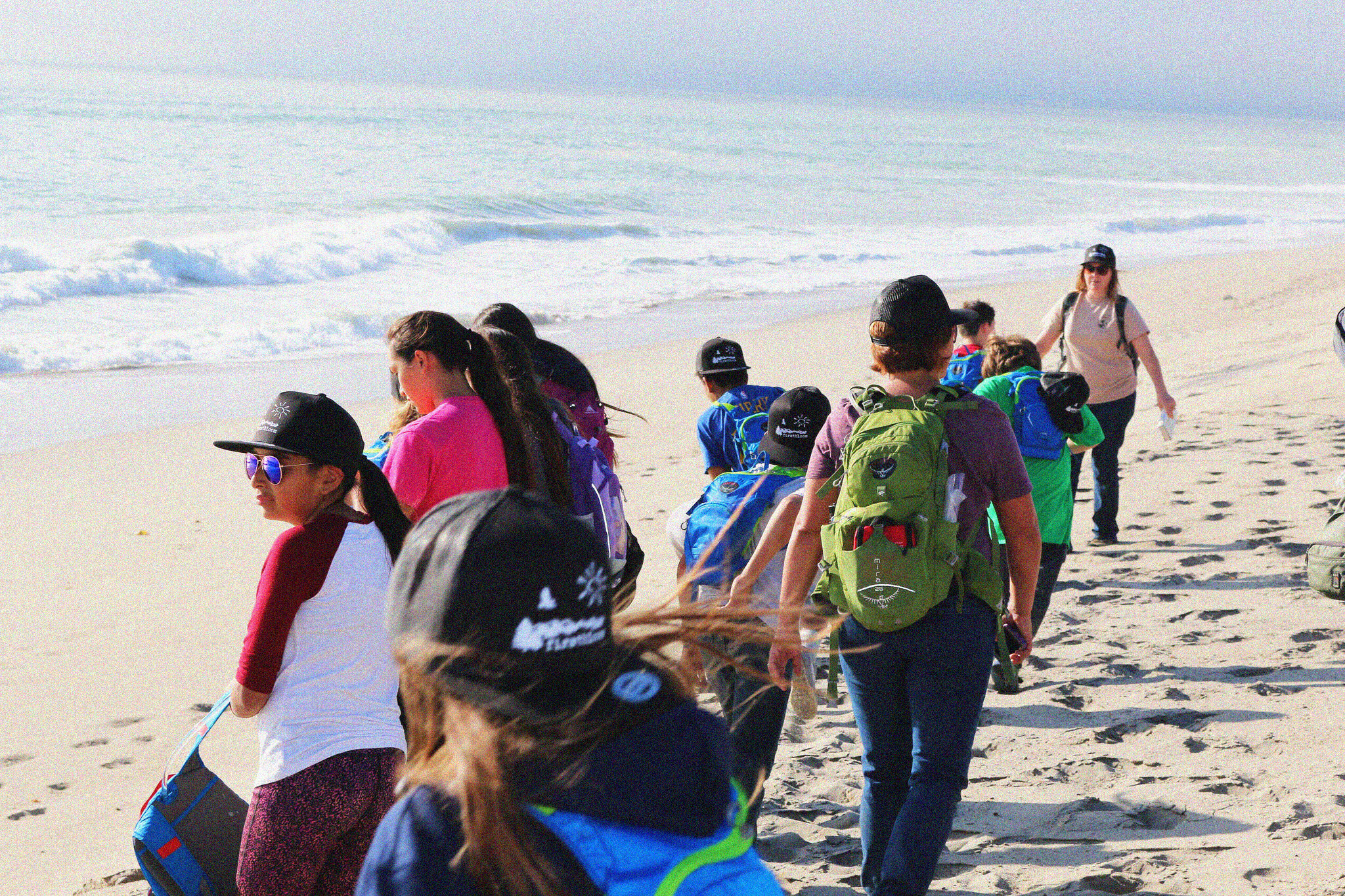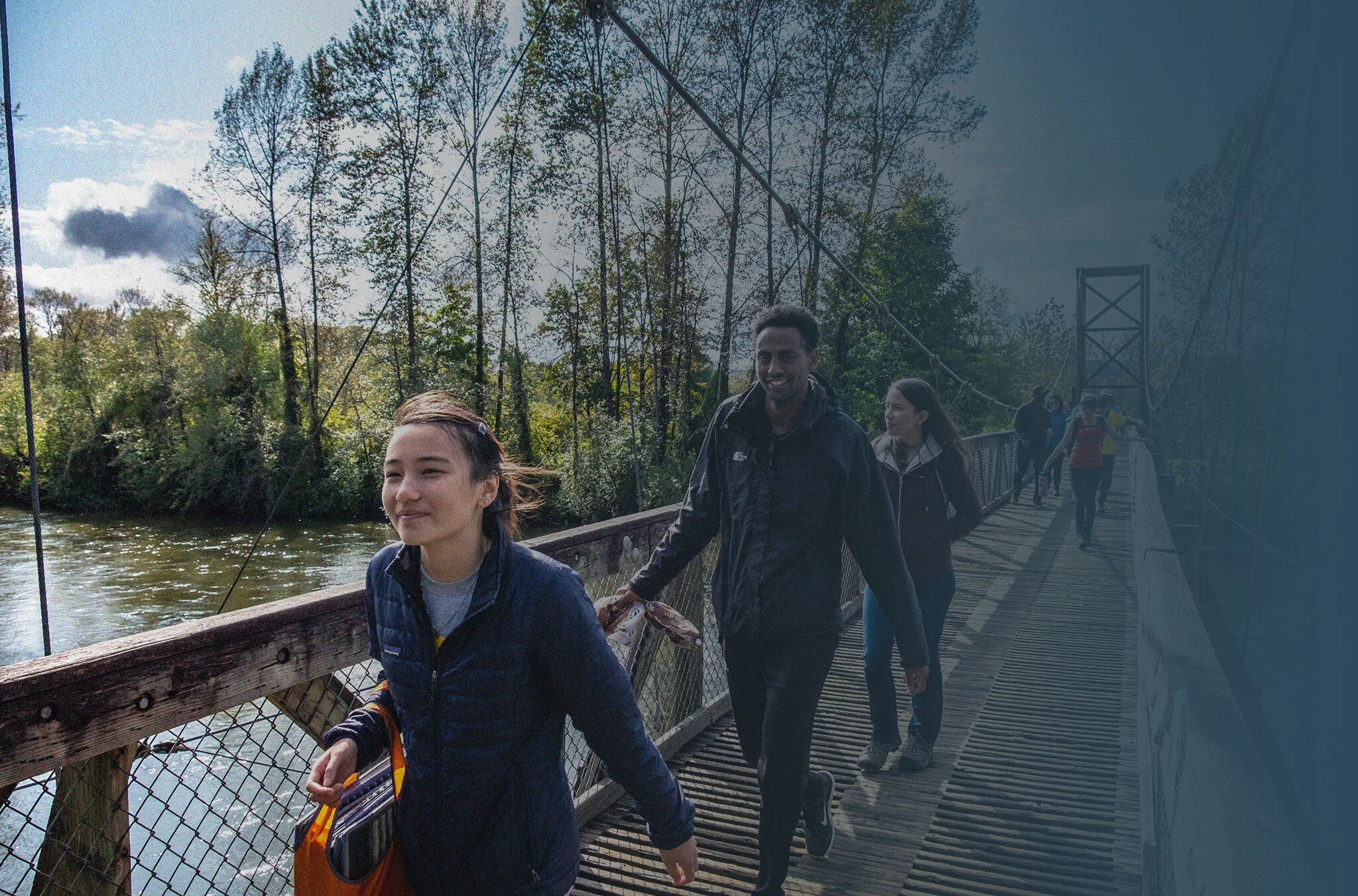
We need nature.
For the water we drink. The air we breathe. The food we eat. To keep us healthy and safe.
Now, nature needs us, too.
To help solve climate change and to reverse the decline of America’s wildlife, waterways, and natural places, scientists are urging us to conserve at least 30% of land and the ocean by 2030 (30x30). The American Nature Campaign supports this 30x30 goal.
The effort is supported by a growing number of individuals, businesses, and organizations, including:
Together we are:
Celebrating communities that are working to protect and restore the natural places that matter most for families, their well-being, and for healthy communities; and
Encouraging leaders everywhere to embrace and pursue a 30x30 goal in a way that reflects the priorities and needs of all people in the United States.
For the sake of our children and grandchildren, we must act now to protect the clean water, clean air, and safe outdoor spaces that we all need to live and thrive.


The Five Campaign Principles
WHO WE ARE →
The path to conserving 30% of America’s land and ocean must reflect our nation’s values and the needs of communities and people across the country, from our largest cities to rural areas.
In particular, a national 30x30 effort must:
1| Support locally-led conservation.
The United States can only reach a 30x30 goal by doing more—far more—to help communities protect the places that matter most, in a manner that meets local, state, tribal, and regional needs.
2| Work toward a more equitable and inclusive vision for nature conservation.
For too long, the costs and impacts of natural resource extraction and pollution have fallen disproportionately on low income communities and communities of color in the United States. The pursuit of a 30x30 goal must address this legacy, and yield a more equitable distribution of nature’s benefits to all people. It must also focus on improving access to outdoor spaces and restoring degraded lands and waters that have harmed the health and quality of life of communities across the country.
3| Honor the sovereignty of tribal nations.
Many of the most important and best-conserved natural, cultural, and historic resources in the United States are under the ownership and care of American Indian, Alaska Native, and Native Hawaiian communities. The pursuit of a 30x30 goal must uphold the sovereignty of tribal nations, reflect meaningful consultation with indigenous leaders, account for the expertise and experiences of indigenous communities, and help indigenous communities fulfill their visions and priorities for the stewardship of natural, cultural, and historic resources.
4| Support private conservation.
Farmers, fishers, ranchers, and private landowners have long been some of America’s most effective conservationists. To achieve a 30x30 goal, policy-makers should respect private property rights and support the voluntary conservation efforts of private land-owners, water users, working waterfronts, and the private sector.
5| Be guided by science.
To successfully conserve nature for future generations, to protect critical water resources, and to harness the power of nature to fight climate change, science must guide the United States’ pursuit of a 30x30 goal. Scientists have developed a deep and growing body of knowledge that can help communities and leaders make wise choices about how to protect our ocean and lands in a way that reflects the diversity of the country’s geography, people, and wildlife.






